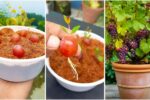Garden spaces reflect the heartbeat of nature beckoning us to nourish life. Whether a small patio or a sprawling yard every garden offers a canvas for growth wonder and discovery. Plants that thrive deliver beauty fragrance and sustenance. Among them ginger holds a special allure. Its lush green leaves aromatic root and resilience make it perfect for beginners. Learning to grow ginger at home invites patience observation and basic knowledge. With the right light soil moisture and care ginger can flourish indoors or outdoors. This guide shares seven essential tips to help you start your ginger journey with confidence understanding and success.
What Exactly Is the ginger plant
Ginger is a tropical plant beloved for its knobby root rhizome which is used fresh or dried. It thrives in warm humid climates but can grow indoors in cooler areas. The leaves are narrow and long stalks emerge from a central rhizome underground. When planted properly the rhizome sends up shoots that produce fragrant foliage. Gardeners harvest the root once the foliage yellows and dies back. Fresh ginger root carries pungent spicy flavor that enhances cooking teas and remedies. Its natural oils give ginger its aroma taste and health properties.
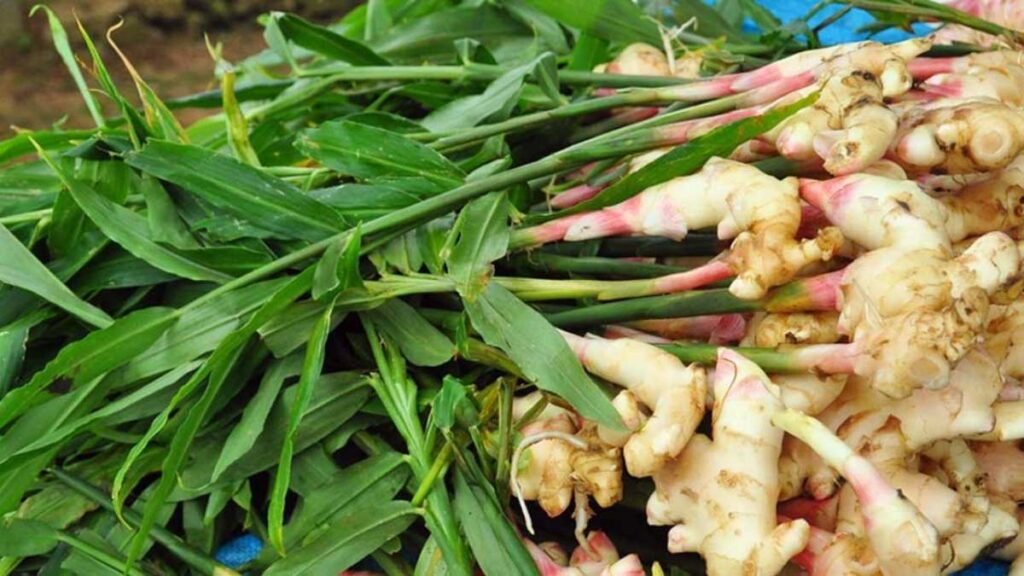
What Is the ideal soil for ginger
Ginger prefers rich loose well drained soil that retains moisture yet does not become waterlogged. Ideal soil pH falls between 5.5 and 6.5 allowing nutrients to be available. Incorporate organic matter compost or aged manure to boost fertility and improve texture. Mulch around plants to maintain even temperature and moisture. Avoid heavy clay or compacted soil which can suffocate the rhizome. Raised beds or large containers help ensure drainage. Regularly check soil moisture with touch or simple tools to keep it just damp not soggy.
What’s the best light and temperature conditions
Ginger flourishes in partial shade to filtered sun with about four to six hours of bright indirect light each day. Too much direct midday sun may scorch its leaves. Daytime temperatures between 22 and 28 degrees Celsius favor growth while nights should not drop below about 15 degrees. Indoors keep plant away from cold drafts or heating vents. Mist leaves or use humidity trays if indoor air is very dry. Consistent conditions aid steady growth and prevent stress.
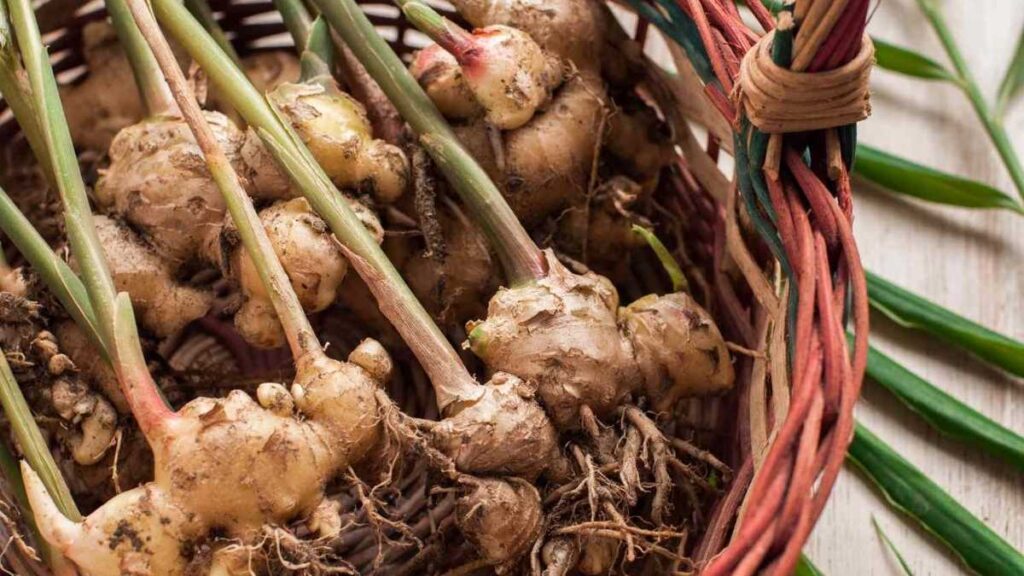
How IBR watering requirements improve growth
IBR means Infrequent But Regular watering to avoid constant soggy soil or prolonged dryness. Water ginger when the top inch of soil feels dry but ensure soil remains lightly moist below the surface. Overwatering may lead to root rot while under watering slows development. Use containers with drainage holes and avoid letting pot stand in water. In dry climates misting helps maintain humidity. Always water at soil level avoiding wetting foliage excessively which may invite fungal issues.
What They Are planting and planting time essentials
Choose healthy thick ginger rhizomes with visible eyes or buds. Cut into pieces if large ensuring each has at least one bud. Allow cut pieces to dry for a day to form callouses thus reducing rot risk. Plant during warm season when soil temperatures are above 20 degrees Celsius. Indoors you may start in late winter or early spring. Space pieces about 10 to 15 centimetres apart and bury about 5 centimetres deep. Label plantings to track age.
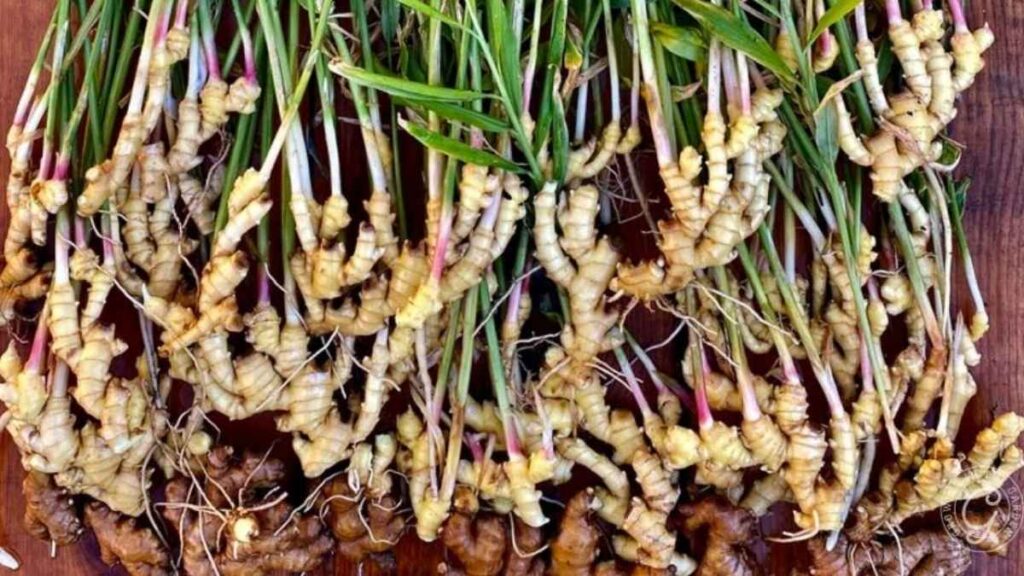
What Is the role of feeding and fertilisers
Ginger benefits from regular feeding every four to six weeks during active growth. Use balanced organic fertiliser or one higher in potassium to encourage rhizome formation. Avoid excessive nitrogen which encourages leaf growth at expense of root. Side dress with compost tea or worm castings. Reduce feeding when foliage yellows signalling end of growth. Water well after fertilising to reduce risk of burning roots. Monitor plant’s appearance and adjust feeding accordingly.
What Exactly Is the harvest and storage process
Harvest ginger once at least eight to ten months have passed for mature flavour though young ginger may be picked earlier. When leaves start yellowing cut the plant near ground and lift rhizomes carefully avoiding damage. Wash off soil gently and allow to dry in shade. For short term store fresh ginger in refrigerator wrapped in paper towel. For long term freeze slices or dry them. Some gardeners slice root then dehydrate or preserve in syrup. Proper storage ensures ginger lasts months.

Gismo Growth Mistakes
Too much water causes mushy rot while too little stalls growth. Planting in deep shade leads to leggy weak plants. Using poor quality rhizomes yields little or no growth. Ignoring pests such as aphids or fungal issues invites damage. Common errors include crowding pieces too close or disturbing rhizomes repeatedly. Each mistake slows harvest and wastes effort.
Gismo Seasonal Care Needs
Ginger’s growth slows in cooler months and dormancy may occur. Provide extra mulch or move indoors to maintain temperature. During active season reduce shade slightly for more light but avoid harsh sun. Adjust watering down during dormancy to prevent rot. Monitor for pests insects and fungal diseases especially in humid warm weather. Rotations or moving containers helps avoid soil‑borne issues. Timely pruning of decaying foliage keeps plant healthy.
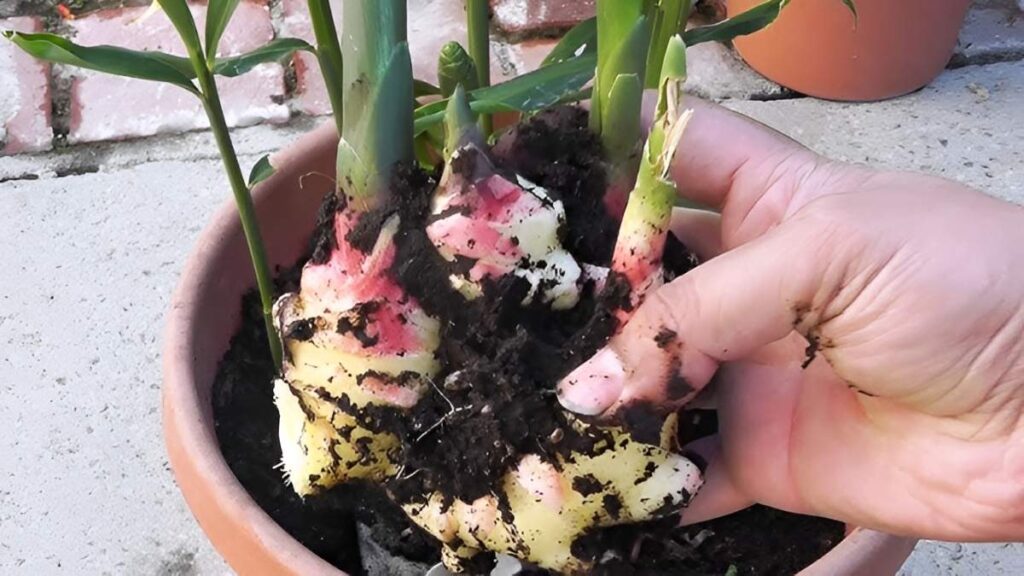
Gismo Practical Tools and Supplies
Keep the following supplies handy to support growth:
- well drained containers or garden bed materials
- organic compost or manure
- shade cloth for partial sun protection
- moisture meter or soil probe
Tools like sharp knife for cutting rhizomes gloves for handling soil and quality mulch matter greatly.
Gismo Ongoing Observation Tips
Watch for new shoots emerging from rhizome nodes. Note leaf color pale leaves may indicate nutrient deficiency. Track moisture patterns to prevent stress. Inspect undersides of leaves for signs of pests or fungal spots. Record growth times perhaps in a journal or photograph successive stages. Adjust care when growth weakens or slows such as feeding less or adjusting light.
Gismo Troubleshooting Common Problems
Yellowing leaves may signal overwatering or nutrient issues. Wilting may result from heat stress or root damage. Discoloured rhizomes brown soft spots hint at rot. Pests like mites or aphids appear under leaves small webbing or sticky residue. Powdery mildew or leaf spots may arise in humid conditions without airflow. Address issues quickly with organic solutions or mild treatments for best recovery.
Table of Top 7 Tips Summary
| Tip Number | Tip Title | Core Action |
|---|---|---|
| 1 | Soil Preparation | Use loose well drained soil rich in organic matter |
| 2 | Proper Light Temperature | Provide partial shade and moderate warmth |
| 3 | Watering Strategy | Infrequent but regular moist soil avoiding sogginess |
| 4 | Planting Time and Rhizome Quality | Use healthy rhizomes planted at warm soil temps |
| 5 | Feeding and Nutrition | Balanced fertiliser avoiding nitrogen excess |
| 6 | Harvest Timing | Wait until foliage yellows and root matures |
| 7 | Storage Methods | Store fresh or preserve by freezing or drying |
What Is the long‑term care
After harvest return soil rest period by leaving rhizome fragments in place or mulching heavily. Rotate planting spot or containers to avoid soil depletion. Keep a layer of mulch to retain moisture and suppress weeds. In colder climates lift rhizomes before frost and store in cool dry place. Replant healthy pieces next season continuing proven care. Monitor soil pH yearly and adjust as needed. Healthy ginger plants often improve yield with successive crops.
What Exactly Is the place to grow ginger at home
Choose a site with partial shade filtered sunlight or a lightly shaded porch for homes in hot climates. Indoors use bright indirect light near east or north facing window. Ensure pot or bed has soil that warms up early in season. Avoid windy exposed spots which may dry foliage. Good drainage is essential so containers must have holes and beds slope away from standing water. Shelter from frost or cold drafts.
What Is the patience required
Ginger is not a quick crop many beginners expect fast returns. It may take eight months to a year for fully mature rhizomes. Young ginger may be harvested earlier but flavor and size improve with time. Observe growth gradually and accept slow steady progress. Regular attention to light moisture nutrients and temperature pays off. Gardening experience builds over seasons remembering failure often teaches more than immediate success.
What Exactly Is the benefit of growing ginger at home
Home grown ginger offers superior flavor freshness and control over chemical exposure. Harvesting your own reduces cost in the long run. Leaves foliage also beautify indoor or outdoor space. You can select varieties based on taste aroma or medicinal preference. Use roots in cooking teas remedies or for gifting. Growing ginger builds gardening skills and connects you to life cycles and nature.
What Is the final takeaway
Success with growing ginger rests on choosing good rhizomes preparing suitable soil meeting light water and feeding needs and harvesting at right time. Avoid common mistakes and adjust care with seasons and observations. Patience and consistency make the difference. Start small monitor often and enjoy the aroma flavor and satisfaction of home grown ginger.
FAQs
Q1: How long does ginger take to mature for harvesting?
A: Normally ginger takes eight to ten months to mature fully though you may harvest young ginger earlier for mild flavor.
Q2: Can ginger grow in containers?
A: Yes ginger grows well in containers with good drainage enough depth and filled with rich loose potting mix.
Q3: What if I live in a cold climate?
A: Grow ginger indoors during cold months use mulch or a heated area to keep soil warm avoid frost and cool drafts.
Q4: How much sunlight does ginger need daily?
A: About four to six hours of bright indirect light or filtered sunlight works best avoiding harsh midday sun.
Q5: How do I prevent rot or disease?
A: Use well drained soil avoid overwatering allow good air circulation inspect regularly and act on early signs using organic remedies.


